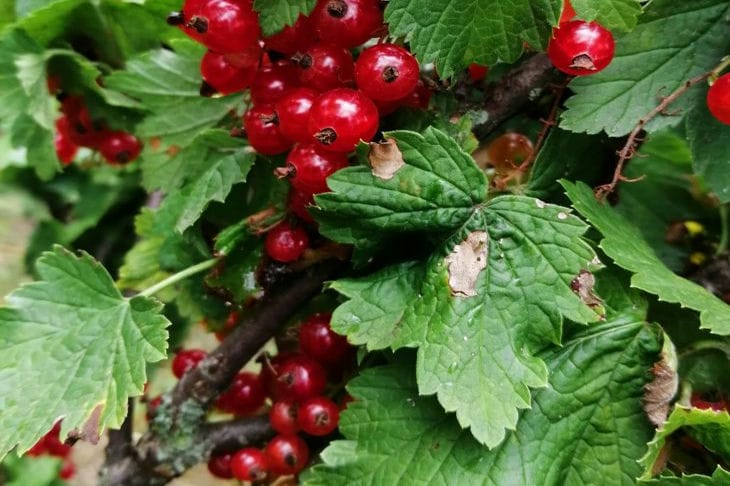Where Red Currants Like to Grow: Ideal Conditions for a Successful Harvest
Red currant is a favorite berry of many gardeners, due to its unpretentiousness and rich harvest.
But in order for it to really delight you with delicious berries, it is important to understand where it likes to grow.
You are probably wondering why your red currants are not producing the expected harvest despite all your efforts.
Perhaps the reason lies in the wrong choice of planting location. The correct location of the bush is the first step to a healthy plant and a bountiful harvest.
Light: Light is the key to sweet berries
Redcurrants prefer sunny places where they can enjoy direct sunlight for most of the day. This allows the berries to accumulate the maximum amount of sugar and become sweet and juicy.

If there is not enough light, the bush can grow, but the fruits will be small and sour.
However, in the southern regions, where the sun is especially scorching, currants will appreciate light partial shade at midday to avoid overheating and burns.
Soil: fertility and structure
For successful growth of red currants, fertile, well-drained soil is important.
The shrub does not tolerate stagnant water, so heavy clay soils need to be improved by adding sand and organic matter.
The best option would be loamy soil rich in humus.
Regular addition of compost and well-rotted manure will help maintain the required nutrient levels.
Watering: balance between wet and dry
Although red currants do not like stagnant water, they also require regular watering, especially during the fruiting period.
Lack of moisture can lead to fruit drop and reduced yield.
It is best to water the bushes in the morning or evening, avoiding water getting on the leaves to prevent the development of fungal diseases.
Fertilizers: top dressing for growth and fruiting
In order for red currants to please you with an abundant harvest, you need to pay attention to regular feeding.
At the beginning of spring, it is worth adding nitrogen fertilizers, which will help the bush grow actively.
During the flowering and fruit setting period, phosphorus and potassium fertilizers are suitable, promoting the formation of large and sweet berries. Organic fertilizers, such as compost and humus, will also be useful for the general condition of the soil and plant.
Wind protection: protection from bad weather
Red currant is sensitive to strong winds, which can damage branches and prevent the normal development of the bush.
Plant currants in places protected from drafts, such as near fences or hedges. This will help keep the bushes intact and prevent crop loss.
Planting and care: basic rules
Red currants are best planted in autumn or early spring. Choose healthy seedlings with well-developed roots.
When planting, leave a distance of at least 1-1.5 meters between bushes to ensure that each plant has enough space to grow. After planting, be sure to mulch the soil around the bush to retain moisture and prevent weed growth.
Disease and pest control
Red currants can be attacked by various pests and diseases.
Regularly inspect the bushes for spots on the leaves, plaque and other symptoms of diseases. Using folk methods and biological preparations will help maintain the health of plants without the use of chemicals.
